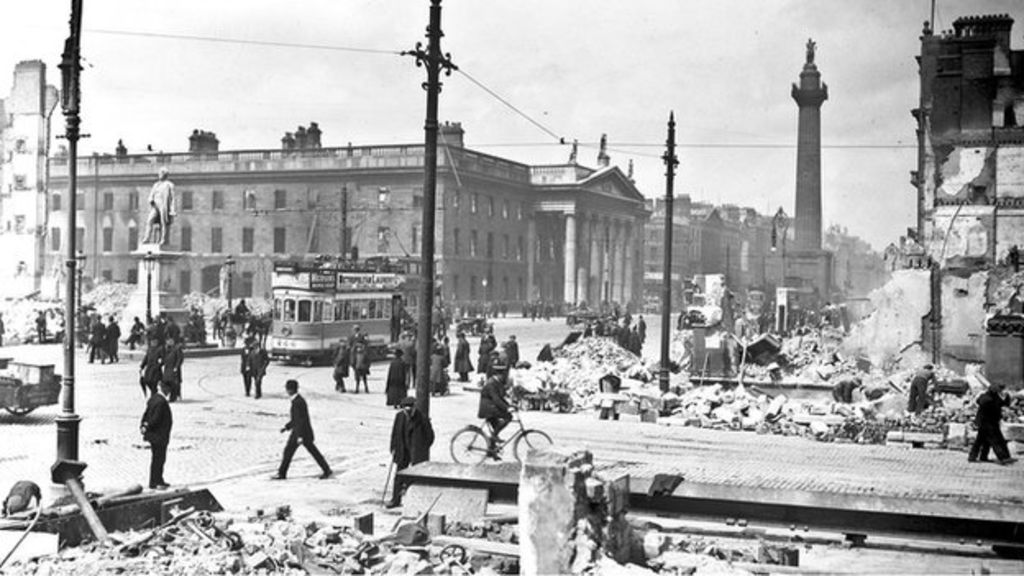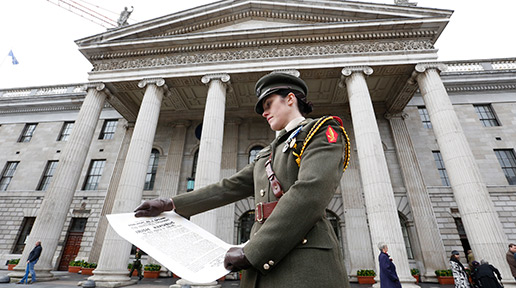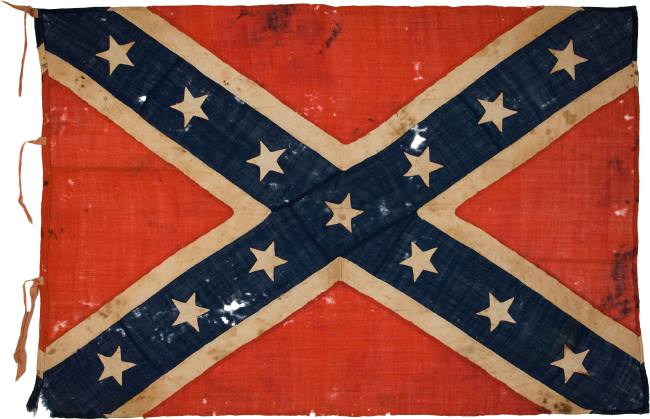Commemoration is a powerful tool used by historians, scholars, and students to better understand significant events in history, and why they still matter today. Studying different forms of commemoration help us see how historical memory is shaped, and how individual countries interpret their pasts. Learning about historical memory and which events a country views worthy of commemoration is crucial in understanding more about that nation’s culture and its citizens, both in the past and today.
The Easter Rising and the American Civil War are both notable conflicts in that have been commemorated and celebrated in unique ways. While many would not think to compare two events so vastly different as the Civil War and the Easter Rising, there are actually many important comparisons and contrasts between the two. Both of these events had a tremendous impact on the historical memory of their citizens and continue to be widely studied even today. People continue to engage with these events in a variety of ways, ensuring that they are not forgotten.
Why Compare The Civil War and The Easter Rising?
Through investigating and comparing both American and Irish artwork, physical spaces, and reenactments, we are also able to better understand these events during the time in which they occurred. Each country has unique culture and customs that are evident in their commemoration methods. The specific details of these events-from the size of the rebellion, the landscapes involved, and even the cause people fought for, all contributed to how they are remembered today. These comparisons help us appreciate the varying ways in which commemoration is addressed in both a modern and historical context. By exploring the links below, you too will be able to observe the multitude of connections and contrasts between remembrance of the Easter Rising and the American Civil War.



Symbolism of Artwork and Flags

